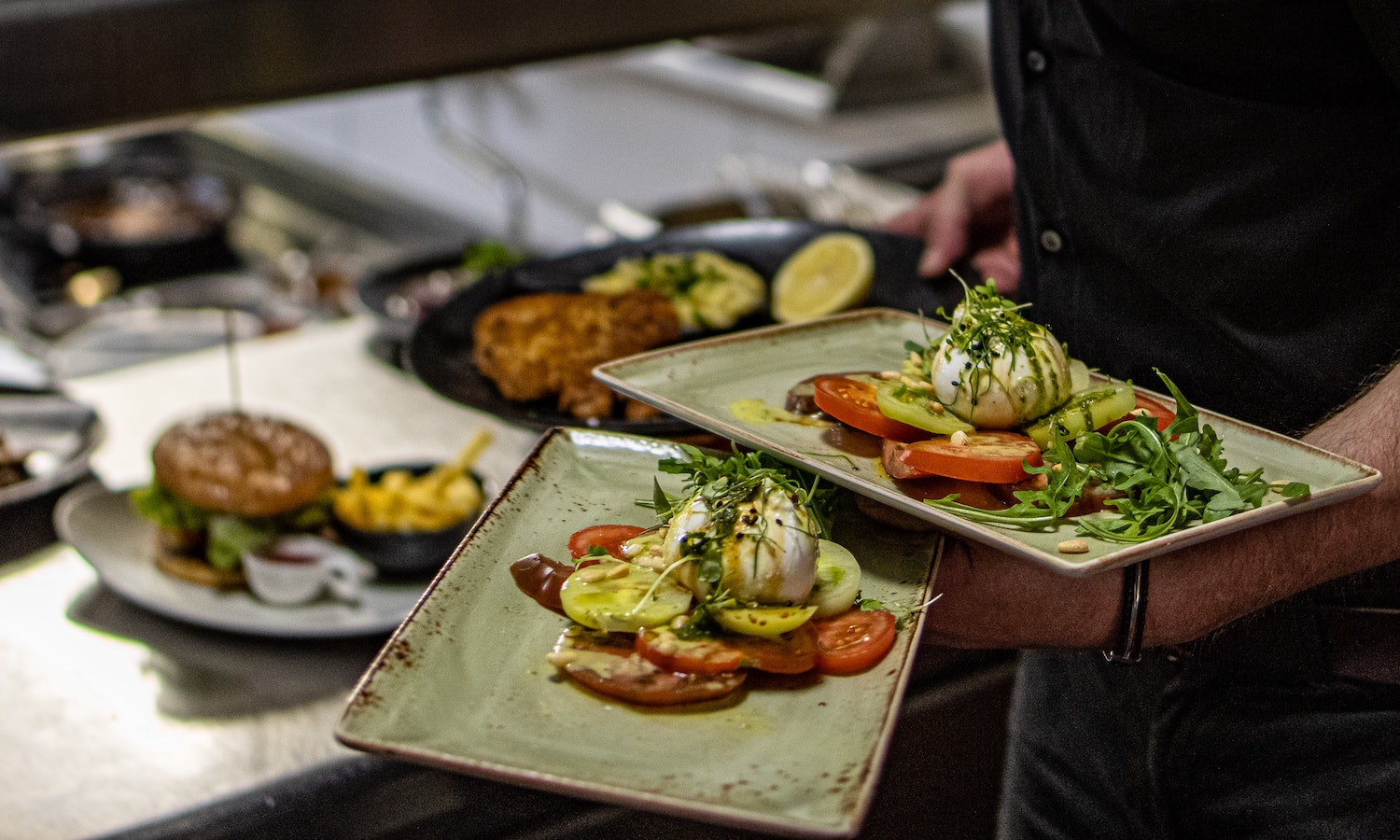Melco Resorts & Entertainment recently announced that it cut plate waste in employee dining areas by 35 percent. In collaboration with the London School of Economics (LSE) Department of Psychological & Behavioural Science and food technology company Winnow, Melco used real-time food waste data to design strategic communications encouraging eaters to reduce waste.
“Looking at our properties, the impact, and the footprint that they have…it’s vast,” says Denise Chen, Chief Sustainability Officer at Melco. “Our flagship property is around 6 million square feet and our properties run 24 hours a day. Just from a common-sense perspective, there’s got to be so much waste, so much consumption of energy, plastic, everything.”
According to Feeding America, nearly 40 percent of all food in the U.S. goes to waste each year, and in 2019, the Natural Resources Defense Council estimated that 20 percent of all the wasted food in the U.S. is plate waste in foodservice settings. After partnering with Winnow to track Melco’s waste, Chen found that plate waste was the main source of food wastage across employee dining rooms.
“Without technology, there’s too much labor involved in understanding waste, and you don’t know where to begin,” says Chen. “This data has been game-changing in the sense that we’re able to sit down with the chefs once a month now, if not more frequently, to go through the analysis of which menus were working, which types of food weren’t working.”
Beginning in January 2021, LSE researchers rolled out a series of communications to test whether strategically placed posters could help eaters make more sustainable choices. More than 11,000 employee meals are served each day across Melco’s facilities in Macau at City of Dreams, Studio City, and Altira Macau. “That’s much more food volume-wise than our front-end guest-facing restaurants,” says Chen.
The posters varied from simply displaying the amount of food being wasted to sharing the environmental impact of food waste. Twelve variations were tested in total, and researchers found that dining rooms with posters of anthropomorphized food, or pictures of happy and sad food, showed the greatest food waste reduction.
The interventions were tracked using Winnow Sense, a touchless system that automatically captures both the weight and a photo of food thrown in the garbage. Compared to a baseline, the behavioral nudges and introduction of Winnow Sense saw a 35 percent reduction in plate waste over 12 weeks.
Qualitative feedback also showed a shift in behavior outside of work, according to researchers. Responders—especially those seeing anthropomorphized food posters—were much more likely to say that wasting food is a waste of money and that they personally value food waste reduction after the study.
Using the insights gathered through the study, Winnow built a 12-week toolkit to guide organizations in deploying their own nudge communications to reduce waste, including through anthropomorphized foods.
“We’ve built families of asparaguses, apples driving cars…They’re quite fun,” says David Jackson, Director of Marketing & Public Affairs at Winnow. “It’ll be really interesting to see, do they have the same impact in other parts of the world?”
As a large company, Melco has the resources for upfront investment in technology to track and mitigate waste, but Chen sees heightened consumer interest and regulatory changes making food waste technology more economically viable for companies of all sizes.
“COVID has raised the consciousness of people in general for how important the environment is,” Chen says. “Food waste is coming into the forefront of that as well.”
From a purely economic standpoint, she says “the payback should be a no-brainer.” Melco has seen a return on investment in food waste reduction of about two years, and Chen predicts these cost-savings could be much higher in other areas such as buffets.
Looking ahead, Chen’s team is continuing to test strategies that encourage waste elimination across the company as well as investing in initiatives like large-scale composting. Any waste reduction program will vary by culture and region, Chen explains, and must continually iterate. For example, compost produced onsite from excess food at Melco’s facilities in Manila, Philippines, and can be distributed back to employees’ families for at home.
“We are trying to complete that circle to create a circular economy,” Chen says.
Photo courtesy of Stefan Schauberger, Unsplash











